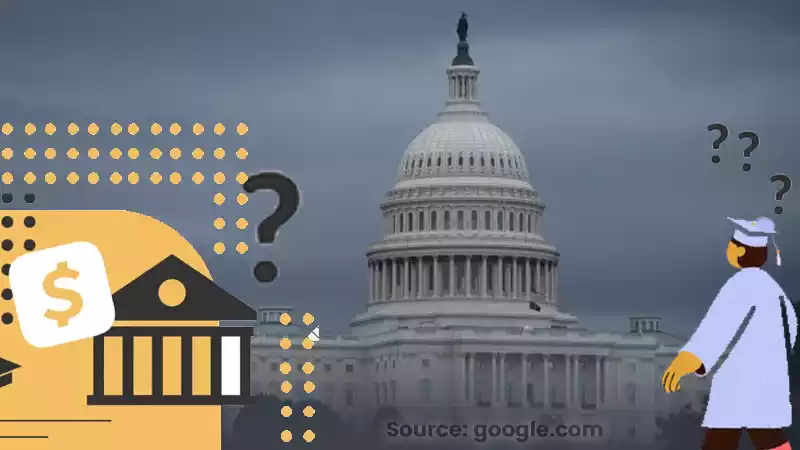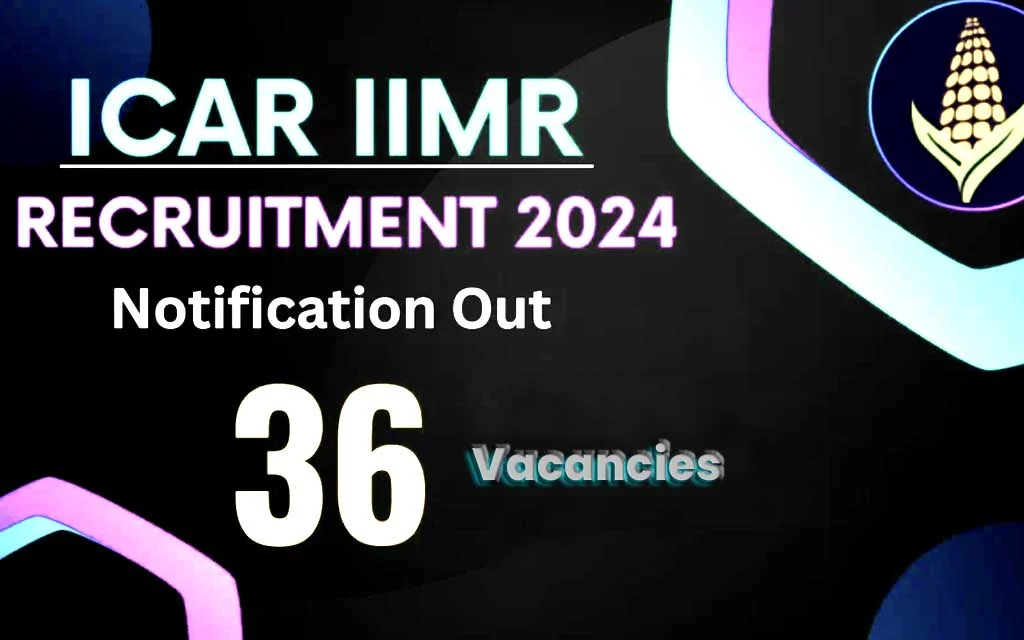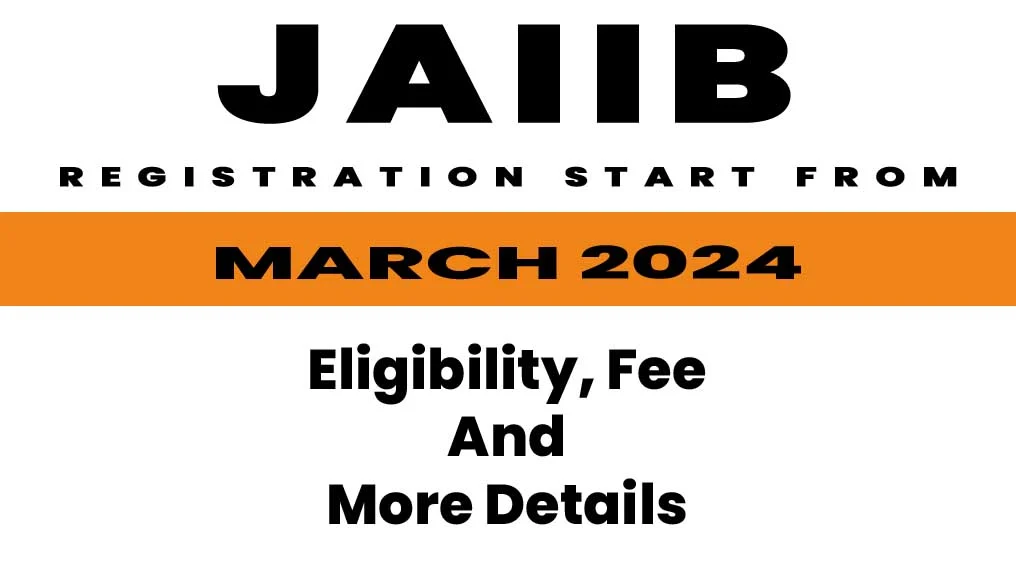On the same day — Sunday, October 1 — that the machinery of the federal student loan program is officially set to swing back into motion after three and a half years gathering dust, a case from House Republicans could shut down the entire U.S. government.


Table of Contents
What does this mean for millions of borrowers who were preparing to repay their loans? Here’s what we know:
1. Borrowers will still be expected to make their OCT payments.
On a call with reporters Friday, U.S. “Congress mandated a return to repayments as part of the budget deal over the summer. And so even if House Republicans force a government shutdown, we’ll still have to do it,” James Quayle, the undersecretary of education for education, told NPR. Collecting student loans needs to start again this month.
What would a shutdown mean for the federal student loan program?
2. It would be like a dim on a light, not an on/off switch.
The best way to think about the impact of the shutdown on the Office of Federal Student Aid and the handful of loan servicing companies that manage the federal student loan system is like a dimmer on a light, not an on/off switch. The impact of this may not be immediately apparent to borrowers – but over time it could put a strain on the entire system.
On Monday, White House press secretary Karine Jean-Pierre told reporters, “We anticipate that major activities in federal student aid will continue for several weeks after the shutdown.
What are these “key activities”, you ask? According to the shutdown plan drafted by the U.S. Department of Education in 2021, “certain basic operations (such as processing Free Applications for Federal Student Aid, FAFSA®, distribution of Pell Grants and Federal Direct Student Loans, and servicing of federal student loans Do) may continue for a very limited period of time.
Therefore, delivery and servicing of the federal loan program will continue. But not for long.
3. After a few weeks, borrowers may start to feel a reduction in customer service.
There are “a few weeks” in the system. “A shutdown lasting more than a few weeks could significantly hamper the recovery of repayment efforts and long-term service support for borrowers,” Jean-Pierre told reporters.
Again, this does not excuse borrowers from making their first payment.
That liability, as well as the accrual of interest, will continue to move forward like a ghost ship. What will be affected is the customer.
“We have sufficient funds to continue operations at [loan] servicers for at least a few more weeks. “After that, there is the possibility that there may be significant disruption in the service provided to borrowers, including call center operations.
Borrowers who have tried to reach out to their servicers in recent weeks may be taking issue with the idea that service today is already anything but abysmal.
Last Tuesday, for example: Borrowers were waiting on the phone with a loan servicer an average of more than an hour. Another was even worse: an hour and a half. For both service providers, more than half of the borrowers who called hung up before they could reach them.
A third of servicemembers had to wait an average of more than three hours over a two-week period earlier this month, according to federal data.
In defense of the service providers, their budgets have been cut by the Department of Education, even as they are scrambling to hire more call center workers.
Asked for comment, a spokesperson for Nelnet, the largest federal student loan servicer, explained: “Since it became certain that repayment would begin, we have hired hundreds of associates to support student loan borrowers.. .We expect hundreds of new hires to enter the security clearance process soon. We are hopeful that the government shutdown will not disrupt the essential clearance process during this critical period for borrowers.
Also Read:
- After 51 Years Of Martial Law In The Philippines, Thousands Of People Took To The Streets
- Understanding The Plot To Kidnapping Michigan Governor Gretchen Whitmer
Making matters even more difficult for servicers, the loan program has become dramatically more complex over the past two years – and the time it takes to explain these new appointments to borrowers has also increased. Most importantly, a change of this magnitude – helping millions of borrowers return to repayment at once – had never been done before.
After all, this return to repayment was destined to be a mess. On Friday, attorneys general from 18 states and Washington, D.C., sent a letter to President Biden expressing “serious concerns about the challenges of this process and the imminent harm to federal loan borrowers” in their states.
The problem now is that a government shutdown will guarantee that the worst is yet to come.



